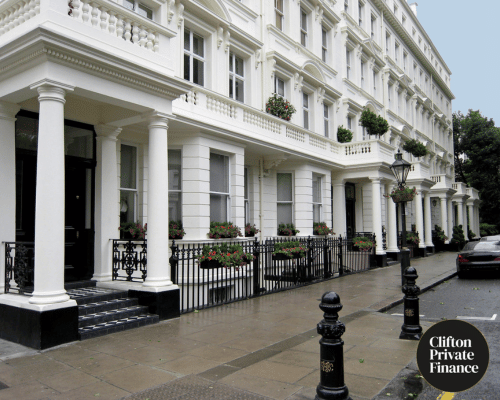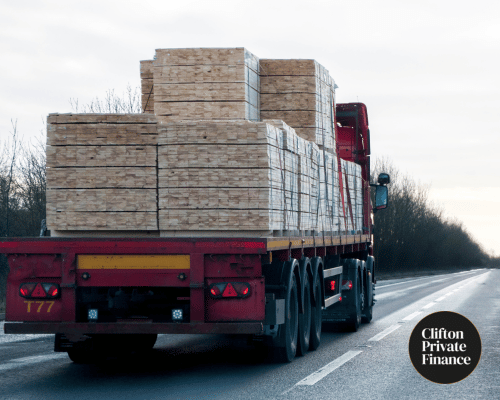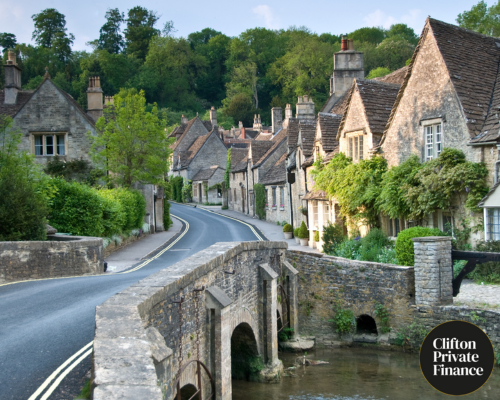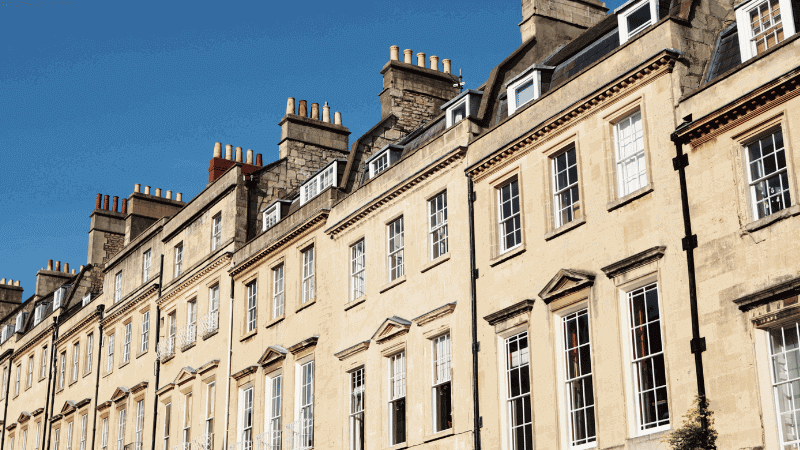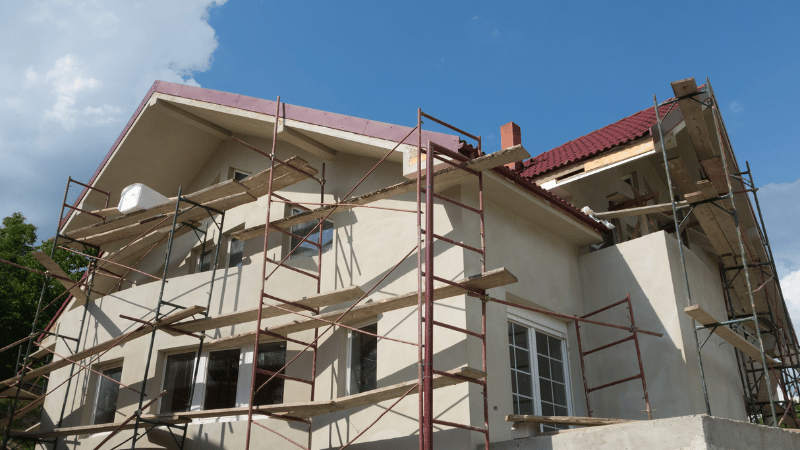Categories
Stamp duty cuts explained - What does it mean for UK homebuyers

As of 23rd September, the Chancellor of the Exchequer has announced several changes to stamp duty tax (SDLT) – with thresholds being increased across the board, for both first-time buyers and homebuyers generally. This announcement has several implications for the housing market and homebuyers as “200,000 more people [are] taken out of paying Stamp duty altogether”
What is Stamp Duty Tax?
Stamp Duty Tax is a percentage tax on properties of a certain value – the tax increases in percentage (0%, 5%, 10%, and 12%) as thresholds are passed. Note that homeowners only pay the percentage on the remaining amounts above those thresholds.
For example, if your property is purchased at £280,000 the SDLT will be calculated as such;
- 0% paid on £250,000 (under the new rules)
- 5% paid on the remaining £30,000
- Meaning, in total, stamp duty would equal £1500
This example follows the latest announcement, as the thresholds at which you pay the percentage tax have been shifted. For homebuyers and owners, this may significantly change the amount you expect to pay.
What SDLT will homebuyers pay now?
The cut has effectively doubled the threshold on residential properties that will not have to pay any SDLT (originally 2% tax on £125,000 - £250,000 properties)
This means more homebuyers will be alleviated from mounting additional costs, and instead, now save money with the tax cut implemented.
It is important to note also that there are different rules and rates for first-time buyers, or if you already own property and looking to buy additional property, and finally, if you’re not a UK resident.
Additional support for first-time buyers
Following the announcement, there are differences for first-time buyers, with buyers being able to claim a relief discount if they are eligible. Eligibility requires two things;
- This is your first home purchase (that goes for additional parties involved as well)
- The purchase price of the property must not exceed £625,000. If the price of the residential property is over this amount, the Stamp Duty is applied in the same way to regular homebuyers.
First-time buyers will see an increase in thresholds – previously, £250,000 to now £425,000. If you’re a first-time buyer, this is an excellent progression and may make it just that little bit easier to get on the ladder.
What does this cut in stamp duty mean for homebuyers?
With the cuts, England sees 33% of all homes now exempt from stamp duty – “compared to 7% when the threshold was £125,000.” – According to Rightmove.
Beneficially, the cut to SDLT presented in the government’s “mini-budget” will see homebuyers paying up to £2,500 less stamp duty (for those who already own a home) and, perhaps more importantly, first-time buyers will save up to £11,250.
The Chancellor said in his address, regarding the rationale for the tax cuts; “[it is] to support growth, increase confidence, and help families aspiring to own their own home”
The reduction in stamp duty appears to be beneficial to people buying houses, as they will pay less taxes on their purchase, making the homes generally more affordable - especially for first-time buyers.
How may this stamp duty cut really affect the housing market?
There is concern arising out of these announcements, chiefly, that this may have the inverse effect. Instead of alleviating costs, those costs cut on tax may drive up house prices and further demand for houses.
This of course would mean that homebuyers would not save money at all if the market reacts in this way and house prices increase further.
House prices continue to rise to record heights, as a disparity forms between wages, amplifying this fear for first-time buyers and all homebuyers.
Lastly, there is the ongoing issue of supply and demand for housing, which means tax cuts, while beneficial at first glance, will not rectify a short falling in the construction of new homes.
How we can help with your mortgage
Our Mortgage Brokers can talk you through the best options for what type of mortgage to take out, including helping with how to raise funds for your Stamp Duty Tax.
At Clifton Private Finance, we can advise on the best approach for your deposit and tax strategy, and find the mortgage that makes the most sense for you.
Contact us to arrange a convenient time for an in-depth first discussion with one of our trusted finance brokers and see how we can help:
Through our market knowledge, we can deliver bespoke terms based on your requirements.
Call us on +44 203 900 4322 to discuss your requirements.
Or you can book a free consultation with one of our expert advisors at a convenient time for you, below.
